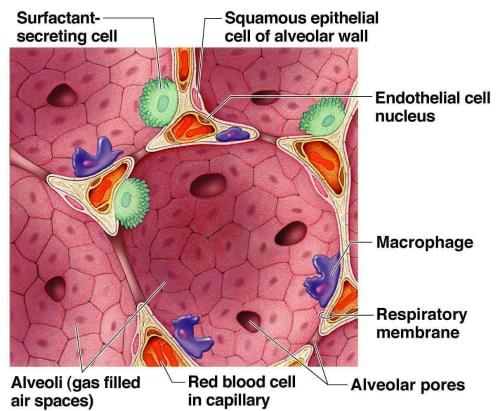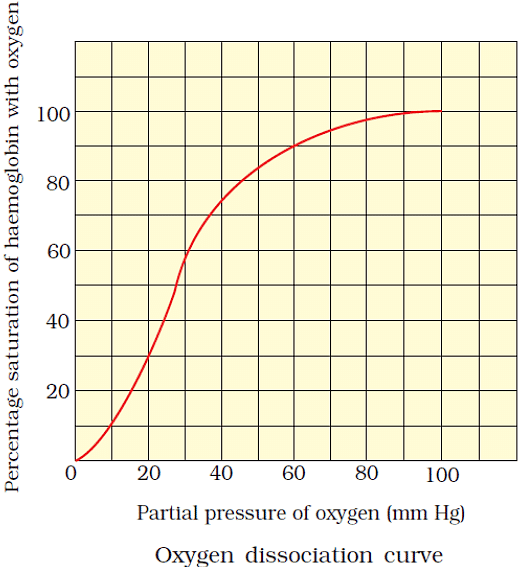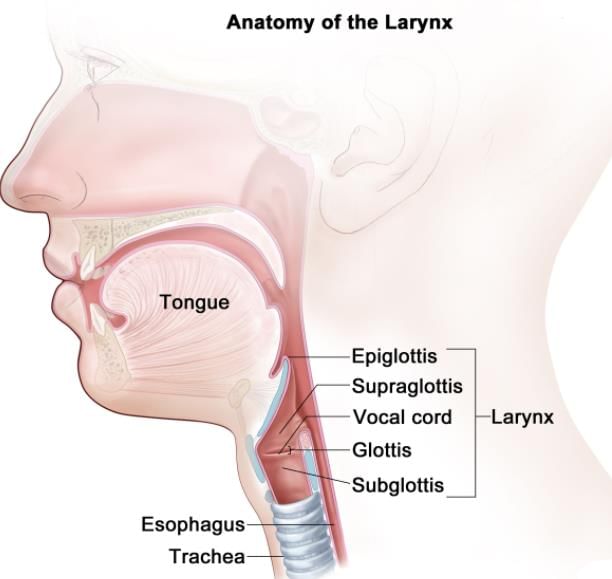NEET Exam > NEET Tests > Test: Respiratory Organs & Human Respiratory System - NEET MCQ
Test: Respiratory Organs & Human Respiratory System - NEET MCQ
Test Description
10 Questions MCQ Test - Test: Respiratory Organs & Human Respiratory System
Test: Respiratory Organs & Human Respiratory System for NEET 2025 is part of NEET preparation. The Test: Respiratory Organs & Human Respiratory System questions and answers have been prepared
according to the NEET exam syllabus.The Test: Respiratory Organs & Human Respiratory System MCQs are made for NEET 2025 Exam.
Find important definitions, questions, notes, meanings, examples, exercises, MCQs and online tests for Test: Respiratory Organs & Human Respiratory System below.
Solutions of Test: Respiratory Organs & Human Respiratory System questions in English are available as part of our course for NEET & Test: Respiratory Organs & Human Respiratory System solutions in
Hindi for NEET course.
Download more important topics, notes, lectures and mock test series for NEET Exam by signing up for free. Attempt Test: Respiratory Organs & Human Respiratory System | 10 questions in 10 minutes | Mock test for NEET preparation | Free important questions MCQ to study for NEET Exam | Download free PDF with solutions
Test: Respiratory Organs & Human Respiratory System - Question 1
The alveoli of lungs are lined by:
Detailed Solution for Test: Respiratory Organs & Human Respiratory System - Question 1
Test: Respiratory Organs & Human Respiratory System - Question 2
What is the shape of Haemoglobin-oxygen dissociation curve?
Detailed Solution for Test: Respiratory Organs & Human Respiratory System - Question 2
Test: Respiratory Organs & Human Respiratory System - Question 3
The pharynx opens into the larynx by a slit-like aperture called ______.
Detailed Solution for Test: Respiratory Organs & Human Respiratory System - Question 3
Test: Respiratory Organs & Human Respiratory System - Question 4
Which of the following diseases can be found in workers working in a mill?
Detailed Solution for Test: Respiratory Organs & Human Respiratory System - Question 4
Test: Respiratory Organs & Human Respiratory System - Question 5
Which of the following is not the function of the respiratory system?
Detailed Solution for Test: Respiratory Organs & Human Respiratory System - Question 5
Test: Respiratory Organs & Human Respiratory System - Question 6
Lungs are made up of air-filled sacs, the alveoli. They do not collapse even after forceful expiration, because of:
Detailed Solution for Test: Respiratory Organs & Human Respiratory System - Question 6
Test: Respiratory Organs & Human Respiratory System - Question 7
Lungs have a large number of narrow tubes called ______.
Detailed Solution for Test: Respiratory Organs & Human Respiratory System - Question 7
Test: Respiratory Organs & Human Respiratory System - Question 8
Lungs are covered by a double layered membrane which is called
Detailed Solution for Test: Respiratory Organs & Human Respiratory System - Question 8
Test: Respiratory Organs & Human Respiratory System - Question 9
Which of the following statements is true about Trachea, in a respiratory system?
Detailed Solution for Test: Respiratory Organs & Human Respiratory System - Question 9
Test: Respiratory Organs & Human Respiratory System - Question 10
What does Tidal Volume (TV) represent in respiratory physiology?
Detailed Solution for Test: Respiratory Organs & Human Respiratory System - Question 10
Information about Test: Respiratory Organs & Human Respiratory System Page
In this test you can find the Exam questions for Test: Respiratory Organs & Human Respiratory System solved & explained in the simplest way possible.
Besides giving Questions and answers for Test: Respiratory Organs & Human Respiratory System, EduRev gives you an ample number of Online tests for practice
Download as PDF
























